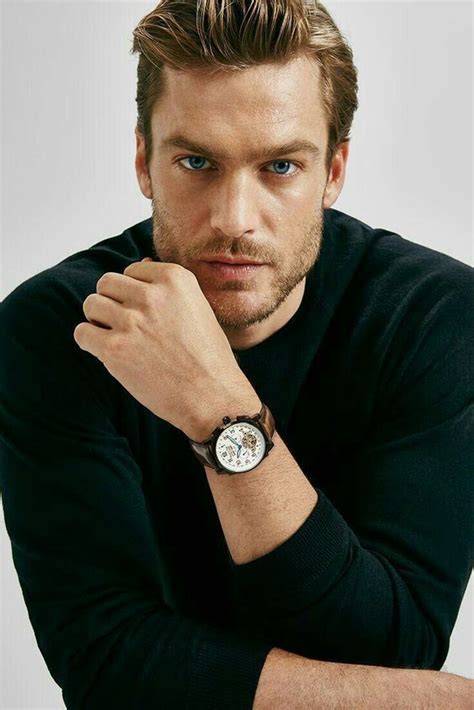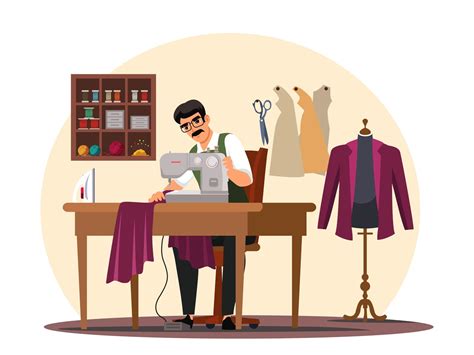The Unspoken Language of a Perfect Fit
In the world of men’s fashion, trends come and go, but one principle remains timeless: the importance of a perfect fit. Well-fitting clothes don’t just look better; they fundamentally change how you feel, projecting an image of confidence, professionalism, and impeccable taste. A garment that truly fits your body’s unique contours can transform an ordinary outfit into an extraordinary statement. This isn’t about expensive brands or flashy logos; it’s about the subtle art of tailoring, ensuring every seam, cuff, and hem is precisely where it should be.
Many men overlook the power of a good tailor, often settling for off-the-rack sizes that are ‘close enough’. However, ‘close enough’ is rarely perfect. Understanding key measurements and knowing what adjustments can be made are crucial steps toward building a wardrobe that truly serves your style and enhances your natural physique.

Mastering the Fundamentals: Jacket and Shirt Fit
The Shoulder: Your Most Critical Measurement
For jackets and coats, the shoulder is non-negotiable. It’s the one area that’s extremely difficult and expensive to alter significantly. A perfect shoulder fit means the seam should sit precisely where your shoulder ends and your arm begins. If it’s too wide, your jacket will look sloppy and oversized; too narrow, and it will pull and restrict movement, giving a cramped appearance. Ensure the fabric lies flat across your back without any puckering or stretching.
Sleeve Length: Precision for Shirts and Jackets
For dress shirts, the cuff should end precisely at your wrist bone, allowing about half an inch of shirt cuff to show beneath your jacket sleeve. Jacket sleeves, in turn, should end where your wrist meets your hand, just above the point where your shirt cuff protrudes. This small detail creates a clean, layered look that signifies attention to detail.
Collar and Torso: The Foundation of Comfort and Shape
A shirt collar should sit comfortably around your neck, allowing one finger to slip in between the collar and your neck. Any more, and it’s too loose; any less, and it’s too tight. For the torso, both shirts and jackets should offer a clean, streamlined silhouette. A jacket should button easily without pulling and taper gently towards your waist, flattering your physique without being restrictive. For shirts, avoid excess fabric pooling at your waist; it should drape cleanly, following your body’s lines without being skin-tight.

Trousers: The Art of the Lower Half
Waist and Seat: The Crucial Starting Point
Trousers should sit comfortably at your natural waist, not too high or too low. They should stay up without a belt, though a belt can be worn for style. The seat of the trousers should fit smoothly over your derriere, without excess fabric bagging or horizontal tension lines pulling across the fabric. Just like a jacket, the fit around the hips and seat sets the tone for the entire garment.
Inseam and Break: Defining Your Silhouette
The ‘break’ refers to the slight crease formed when the trouser hem meets your shoe. A modern, sharp look often favors a ‘no break’ or ‘slight break’, where the hem just skims the top of your shoe. A ‘medium break’ is more traditional, with a single, gentle crease. Avoid a ‘full break’ unless you prefer a very classic, relaxed drape, as too much fabric can look sloppy. The length should be consistent on both legs and never drag on the ground.
Thigh Taper: Streamlining Your Legs
The width of your trouser legs is key to a contemporary look. Trousers should fit comfortably through the thigh without being tight or restrictive, then taper gently down to the ankle. This creates a clean line and elongates the leg. A tailor can easily slim the legs of most trousers, transforming a baggy pair into a stylish, custom-fit garment.

The Tailor’s Touch: Your Secret Weapon
Finding the Right Tailor
A skilled tailor is invaluable. Ask for recommendations, check reviews, and don’t be afraid to try a small, simple alteration first to assess their work. A good tailor will not only make adjustments but also offer advice on what’s possible and what will best suit your body type.
Common and Impactful Alterations
- Sleeve Shortening/Lengthening: For both shirts and jackets.
- Waist Adjustment: Taking in or letting out jacket and trouser waists.
- Tapering: Slimming down shirt and trouser legs for a modern silhouette.
- Hemming: Adjusting trouser length for the perfect break.
Remember, it’s often more economical and stylish to buy a slightly larger garment that fits your shoulders or chest and have it taken in elsewhere than to buy something too small hoping it will stretch.

Beyond the Seam: Fabric, Drape, and Proportions
While measurements are paramount, consider how the fabric drapes and moves with your body. Natural fibers like wool, cotton, and linen often drape better and hold their shape compared to synthetic blends. Pay attention to the overall proportions of your outfit. If you have a longer torso, a slightly higher rise trouser can create balance. If you’re shorter, avoiding excessive fabric and opting for cleaner lines can make you appear taller.
Ultimately, a perfectly fitted wardrobe is a strategic investment in your personal brand. It conveys meticulousness, respect for detail, and an inherent understanding of how to present yourself. By applying these tailoring tips and building a relationship with a trusted tailor, you’re not just buying clothes; you’re crafting a sharper, more confident version of yourself.





